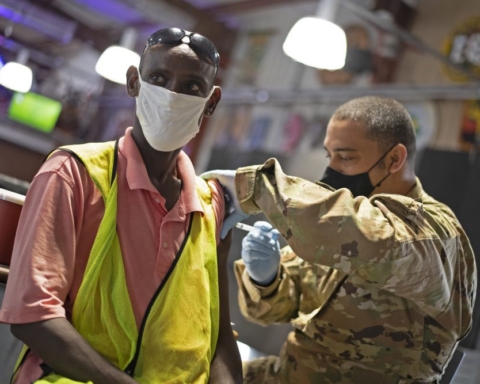2020 has been challenging for the entire world in a wide variety of ways. But while the news cycles are full of stories about the election, COVID-19, economic challenges and major weather events, communities’ efforts across the United States are still underway to design, operate, maintain, and replace critical infrastructure and improve resiliency.
In the city of Crystal, Minn., 2020 was a big year from a critical infrastructure standpoint and shows that while there is a lot of uncertainty in the world, cities still have an essential need to invest in critical infrastructure so that it continues to provide uninterrupted essential services for the community. This was made even more apparent in communities where stay-at-home orders were issued in response to the COVID-19 pandemic. Because public works does a good job of providing reliable infrastructure, such as water and wastewater, there was no hesitation by public and private sector officials to trust the ability of existing infrastructure to support the transition of people into the virtual environment within their own homes.
While 2020 has had a lot of bad news, it is important to note that local and state governments still have invested proactively in mitigation measures so that the long-term resiliency of the community is improved.
Here are some examples of actions taken by the City of Crystal:
- In an effort to continue to build redundancy into critical infrastructure communications, fiber optic communication was connected to both a water tower and sanitary sewer lift station. These fiber lines supplement other communications, such as cradle point cellular and radio, to provide for consistent and redundant communication systems. The ability of staff to monitor the operation of these critical facilities and be able to respond quickly when problems arise is essential in minimizing the risk of cascading impacts. When stay-at-home orders were in place, one of the major risks of cascading impacts was potentially compromising someone’s home with a situation such as a sewer backup.
- The city continued its efforts to provide permanent backup power to critical infrastructure and added a generator at a sanitary sewer lift station. More than 50 percent of the city’s sanitary sewer lift stations now have permanent backup power installed. Previously, staff used quick connectors to plug into portable, trailer-mounted generators and had to run them between various pump stations during larger power outage events.

- From a transportation standpoint, 6.25 miles of city streets (approximately 7 percent) were milled and overlaid. Included with this project was the replacement of utility rings that had exceeded their normal lifecycle. This pavement replacement process provided a new, smoother asphalt street that not only looked better, but improved ride quality and reduced the potential for damage to vehicles driving on the road. Sidewalk trip edges were ground down and pedestrian ramps improved to improve the walkability and accessibility of the city’s sidewalk network.
- 2020 was the first year of construction as part of the city’s long-term utility reconstruction program. The Utility Reconstruction Program is planned to last well over 100 years to replace all sanitary sewer and water mains in the city. Nearly one-half mile of street was reconstructed in 2020. Reinvesting in a city’s utility infrastructure is essential to the long-term health and viability of the community. The reconstruction program is very much a long marathon that will last generations. But like any marathon, it starts with a first step, and even in the face of COVID-19 and its uncertainty elected officials still were willing to take that first step and start the process of talking about infrastructure and following up with action in authorizing construction.
- As part of the continued storm water management efforts in the city, a sixth underground storm water infiltration system was constructed. This most recent system (over 250,000-gallon capacity) is located in a heavy commercial area that has little impervious surface to reduce or infiltrate runoff. Due to the volume of water that needs to be managed during major rain events, challenges still exist. The city is maximizing every opportunity to provide for storm water retention, detention, or infiltration as that is the only way that overall success in addressing the capacity issues will be achieved.

- On the storm water management front, the city started work on a Level 2 storm water model of the central core of the city where the majority of FEMA floodplains are. Through this effort, problem areas will be identified so that future mitigation efforts can be planned.
- On top of all the 2020 construction projects, public works continued in its normal maintenance efforts that also have mitigation components such as jetting sewers (reduce potential for backups), sweeping streets (remove debris that may clog storm water facilities), and other seemingly routine tasks.
I fully realize that this is only one city’s actions, but with all the challenges that everyone is facing it is important to be reminded that cities are taking proactive actions when it comes to security and resiliency for critical infrastructure.
Even in the face of the COVID-19 uncertainty, we must continue to move forward with investments in infrastructure. Infrastructure investment is tied directly with community resiliency and we must not lose sight of that big picture with all that is going on. As we have seen this year when infrastructure is compromised, the cascading impacts have been made even more challenging as a result of COVID-19.









